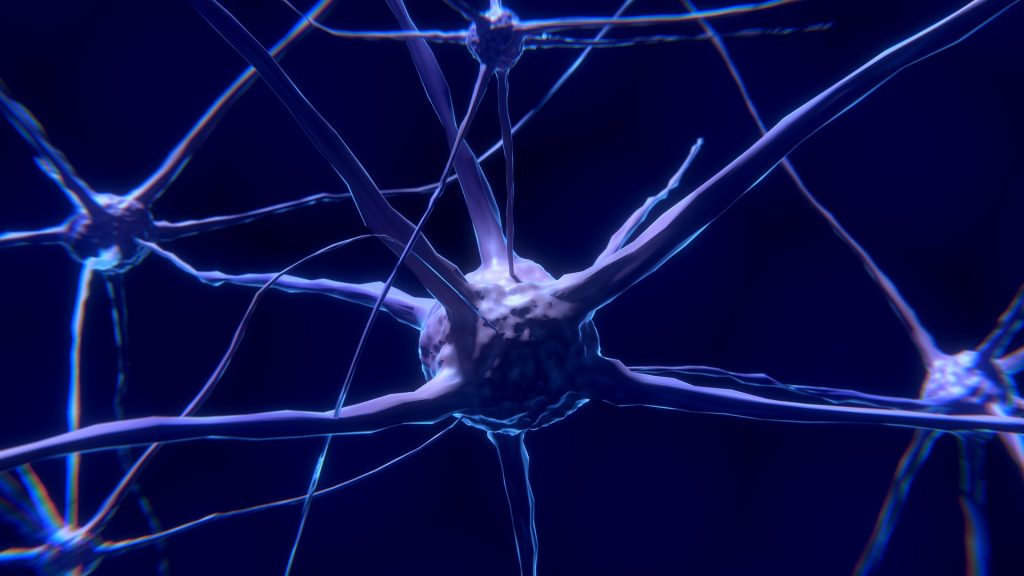
Researchers at the Institute of Science and Technology (IST) Austria have uncovered the role of a high-risk gene in autism spectrum disorder (ASD) and its important role during a critical phase of brain development.
Within the European Union alone, about three million people are affected by an autism spectrum disorder (ASD). Some are only mildly affected and can live independent lives. while others have severe disabilities. What the different forms have in common is difficulty with social interaction and communication, as well as repetitive-stereotypic behaviors. Mutations in a few hundred genes are associated with ASD. One of them is called Cullin 3, and it is a high-risk gene, and a mutation of it almost certainly leads to a disorder.
To learn more about how the gene affects the brain, PhD students Jasmin Morandell and Lena Schwarz with Professor Gaia Novarino’s research group, turned to mice whose Cullin 3 gene has been partially switched off, comparing them to their healthy siblings.
The three-chamber sociability test
In a series of behavioural and motoric tests, the team wanted to see if the modified mice mimicked some of the characteristics of patients with this form of autism and could therefore be used as model organisms. In one of these tests, the so-called three-chamber sociability test, a mouse could freely explore three adjacent chambers of a box connected by small doors. Two other mice were put in the outer boxes: One familiar to the studied mouse, the other mouse it had never met. “Healthy mice usually prefer the new over the already familiar mouse,” explained co-first author Jasmin Morandell. However, the mouse with the altered Cullin 3 gene, showed no recognition. The mice also had motor coordination deficits and other ASD-relevant cognitive impairments. This mouse model helped the researchers get to the heart of the problem.
Dangerous protein buildup
While studying the mouse brain, the researchers noticed a very slight but consistent change in the position of some neurons. These neurons originate from a certain region in the brain, migrating toward the uppermost layers until they find their designated place in the cortex. The process is very sensitive, and even small changes in the speed at which they travel can alter the structure of the cortex. The scientists marked the migrating neurons to trace their movements. “We could observe migration deficits – the neurons are stranded in the lower cortex layers,” described the study’s other co-first author, Lena Schwarz.
Malformations of the cortex
The reason for their poor movement lay in Cullin 3’s role in taggings old cells for degradation – a process that has to be tightly regulated to prevent proteins from accumulating. To find out which proteins are misregulated when Cullin 3 is defective, Morandell and Schwarz systematically analysed the protein composition of the mouse brain. “We were looking at proteins that accumulate in the mutant brain and found a protein called Plastin 3. Then Gaia [the professor they worked under] came across a poster describing the work of IST Austria’s Schur group in the hallway, and we got very excited,” said Jasmin Morandell. “They independently had been working on Plastin 3 as a regulator of cell motility and had complementary results to ours. That’s when we started working together,” Professor Gaia Novarino remembers.
The protein Plastin 3, which was previously unknown in the context of neuronal cell migration, turned out to have a key part in this process. “If the Cullin 3 gene is deactivated, the Plastin 3 protein accumulates, causing cells to migrate slower and over shorter distances. This is exactly what we saw happening in the cortex of the Cullin 3 mutant mice,” said Lena Schwarz.
Early developmental stage
All this occurs during a very early stage of brain development around halfway through pregnancy. “Determining these critical windows during brain development could be extremely important to fine-tune the treatment of patients with specific forms of ASD,” explained Prof Novarino, who is committed to improving diagnosis and treatment options for people with ASD. “Following up with the research on Plastin 3 could pave the way for some therapeutics. Inhibiting the accumulation of this protein could eventually alleviate some of the symptoms patients have,” Schwarz said.
“We now know that defective Cullin 3 leads to increased levels of Plastin 3. This tight correlation shows that Plastin 3 protein levels may be an important factor for the control of cell-intrinsic movements,” said Jasmin Morandell.
Source: IST Austria
Journal information: Jasmin Morandell, Lena A. Schwarz et al. 2021. Cul3 regulates cytoskeleton protein homeostasis and cell migration during a critical window of brain development. Nature Communications. DOI: 10.1038/s41467-021-23123-x

